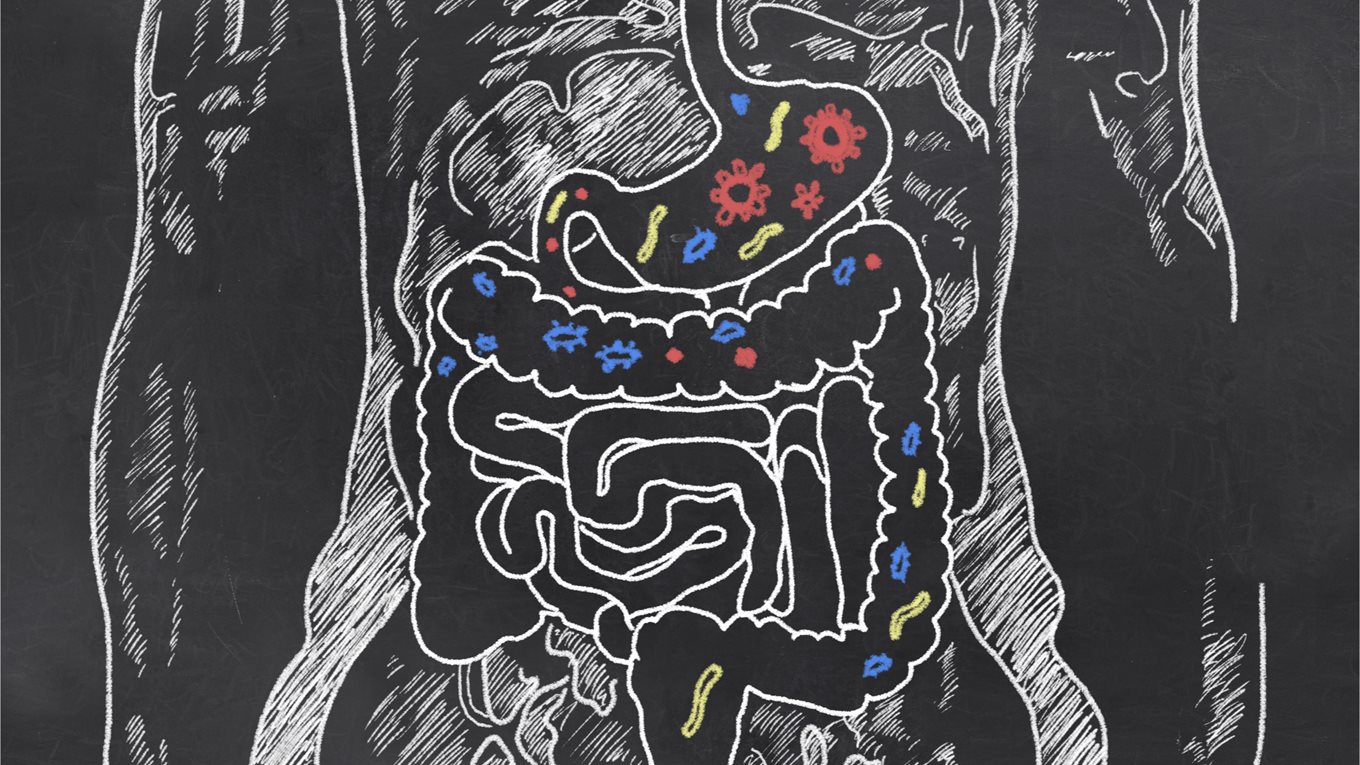Food poisoning: causes, symptoms and treatment

Food poisoning is an illness caused by eating food or drinks contaminated with harmful bacteria or toxins.
- Food poisoning caused by bacteria - If food is left in the right conditions that support the growth of bacteria, millions of bacteria can grow in a matter of hours.
- Food poisoning caused by toxins - Certain types of bacteria produce chemicals called toxins. These are produced in the food before it is eaten and normally make you ill very soon after eating the food.
For a healthy adult the chance of getting sick depends on what kind of bacteria, and how many of them, are present in the food.
Some people are especially vulnerable to food poisoning, if their immune system is not as effective. These include the very young or elderly, and those who are sick or pregnant. In these cases, lower numbers of bacteria may be enough to cause illness.
Where do food poisoning bacteria come from?
Given the right conditions, millions of bacteria can grow on common, everyday foods. These conditions are:
- Time – a single bacterium can multiply to over two million in just seven hours.
- Warmth – the ‘danger zone’ temperatures at which bacteria grow best are between 5ºC and 63ºC.
- Food – like any other living things, germs need food to grow. High-risk foods that bacteria love best include dairy products, meat, poultry, fish and shellfish.
- Water – bacteria need moisture to grow. This includes moisture in ‘wet’ foods such as juicy meats, sandwich fillings, soups, sauces and dressings.
Symptoms of food poisoning
Depending on what type of bacteria has caused the infection, symptoms can be mild or severe. When you get sick, you usually have one or more of the following symptoms:
- Feeling sick (nausea)
- Stomach cramps
- Diarrhoea
- Vomiting
- Fever (feeling very hot)
- Headaches
Fortunately, most forms of food poisoning last only a short time - between one and three days. However, you may feel sick for as long as seven or more days. In extreme cases the symptoms can be fatal.
How do you prevent food poisoning?
Given the right conditions such as warmth, moisture and time, bacteria can easily grow on food and multiply very quickly. That’s why food that is not properly stored or thoroughly cooked can cause food borne illnesses.
4 simple steps you can take to prevent food poisoning
- Clean – always wash your hands before and after handling and eating food, after visiting the toilet or playing with pets or animals
- Cook – make sure that food is thoroughly cooked in order to destroy any harmful bacteria that might be present.
- Chill – keep food cool in order to prevent bad bacteria from growing; make sure that your fridge is at the correct temperature to keep cold foods chilled – aim to keep your fridge at 5°C or below.
- Prevent cross-contamination – separate raw and cooked foods during storage and cooking and never let raw food, for example raw meat, come into contact with food that is ready-to-eat.
Bacteria are everywhere, but they concentrate where a food source is available. It is usual for raw food to come into contact with bacteria. Most of these bacteria are harmless, but some can cause illness.
There is very little you can do to stop food poisoning once you have eaten contaminated food. That is why prevention is the most effective way to stay healthy.
What to do if you have food poisoning
- Re-hydrate – You lose an enormous amount of fluids during a bout of food poisoning, so be sure to drink plenty of fluids. Pregnant women, young children, the elderly and people with serious medical conditions are at an especially high risk. Take frequent sips of water, apple juice, broth, bouillon or an isotonic energy drink with electrolytes.
- Get medical assistance – If you suspect you have food poisoning, contact a doctor.
- Report it – If you suspect that you are sick because you bought and ate contaminated food, report the incident to the local environmental health officer in your HSE region in the Republic of Ireland and in your local District Council in Northern Ireland.

